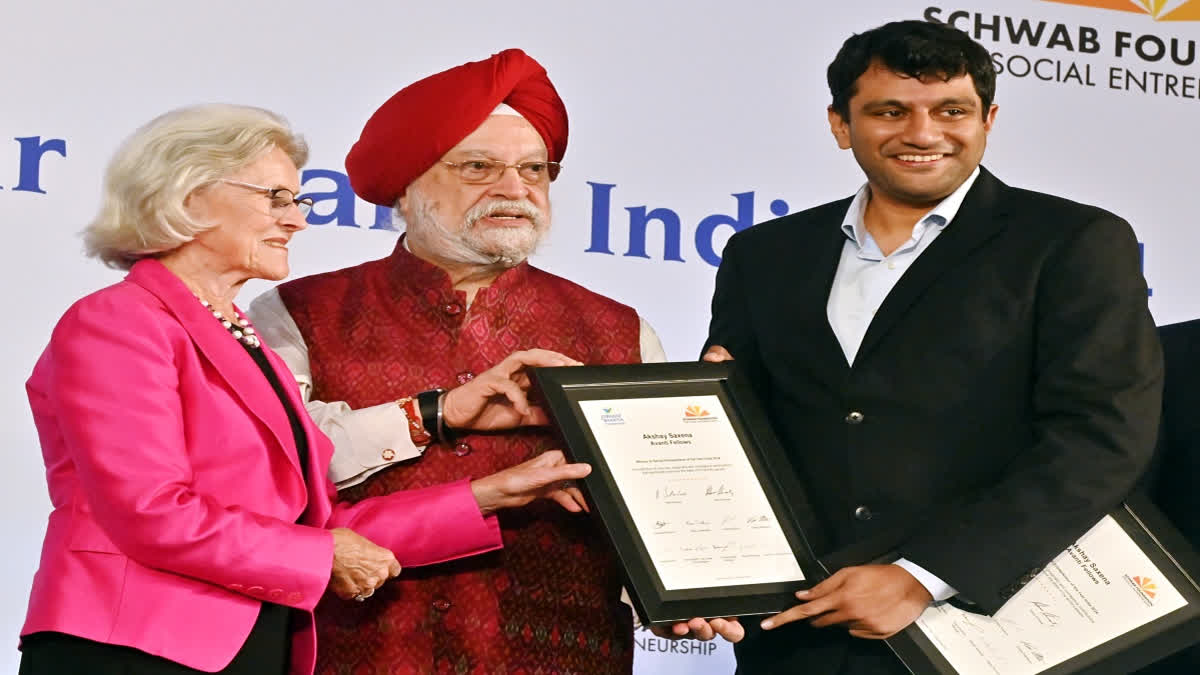New Delhi: At the 7th G-STIC Delhi Conference on Accelerating Technology Solutions for the SDGs, Union Petroleum Minister Hardeep Singh Puri highlighted India's growing role in sustainable energy solutions.
The conference, organised by TERI and VITO, focused on how technological advancements can support global energy transitions, particularly in the Global South. Puri underscored that energy transitions within democracies pose unique challenges, with no clear consensus on whether they are easier or harder compared to other governance models.
During his keynote address, Puri elaborated on the critical trilemma facing democratic governments, balancing energy affordability, availability, and sustainability.
As global energy demand rises, India's consumption is expected to increase from 5.4 million barrels per day to 7 million barrels per day by 2030. With India projected to account for 25% of global energy demand growth over the next two decades, the country is at the forefront of shaping sustainable energy strategies.
Affordability is a key concern in the transition to greener energy sources. Puri mentioned India’s innovative solutions, such as the pilot of hydrogen-powered buses, and emphasised the country's commitment to scaling up sustainable transport options.
In terms of renewable energy, India has made significant strides in ethanol blending, increasing from just 1.53% in 2013-14 to 16% today. The government has even advanced its target of 20% blending from 2030 to 2025.
In his speech, Puri also addressed the energy needs of the Global South, noting the import dependency many developing nations face. He expressed optimism that India’s success in ethanol production could serve as a model for other countries, although India faces challenges like limited arable land compared to biofuel leaders like Brazil.
Puri closed by focusing on green hydrogen as a potential "game-changer" for India’s energy landscape. He called for ongoing innovation to reduce the cost of production, stressing the importance of local demand, production, and consumption in the green hydrogen space.



